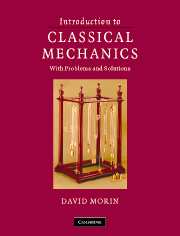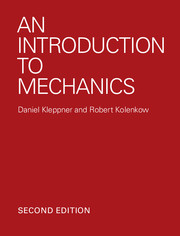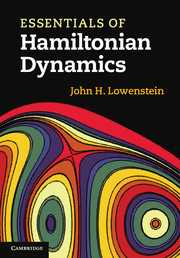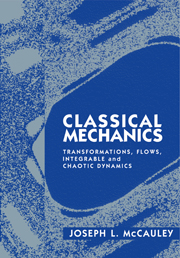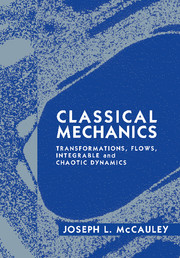Introduction to Classical Mechanics
This textbook covers all the standard introductory topics in classical mechanics, including Newton's laws, oscillations, energy, momentum, angular momentum, planetary motion, and special relativity. It also explores more advanced topics, such as normal modes, the Lagrangian method, gyroscopic motion, fictitious forces, 4-vectors, and general relativity. It contains more than 250 problems with detailed solutions so students can easily check their understanding of the topic. There are also over 350 unworked exercises which are ideal for homework assignments. Password protected solutions are available to instructors at www.cambridge.org/9780521876223. The vast number of problems alone makes it an ideal supplementary text for all levels of undergraduate physics courses in classical mechanics. Remarks are scattered throughout the text, discussing issues that are often glossed over in other textbooks, and it is thoroughly illustrated with more than 600 figures to help demonstrate key concepts.
- Contains more than 250 problems with solutions to aid in self-study
- Includes over 350 unworked exercises, with password protected solutions available to instructors online
- Thoroughly illustrated with more than 600 figures to help demonstrate key concepts
Reviews & endorsements
"I think all undergraduate physics majors will own a copy of this book within a year. It's that good."
Professor Krsna Dev, Middlebury College
"This textbook serves as an introduction to standard undergraduate classical mechanics topics, including Newton's laws, energy, momentum, oscillators, rotational dynamics and angular momentum. … The real value of this book, however, lies in the extensive set of problems and worked solutions that many students tend to crave and as such is sure to be warmly welcomed."
Contemporary Physics
Product details
March 2008Adobe eBook Reader
9780511372940
0 pages
246 × 189 mm
0kg
628 b/w illus. 369 exercises
This ISBN is for an eBook version which is distributed on our behalf by a third party.
Table of Contents
- Preface
- 1. Strategies for solving problems
- 2. Statics
- 3. Using F=ma
- 4. Oscillations
- 5. Conservation of energy and momentum
- 6. The Lagrangian model
- 7. Central forces
- 8. Angular momentum, Part I (constant L)
- 9. Angular momentum, Part II (general L)
- 10. Accelerating frames of reference
- 11. Relativity (kinematics)
- 12. Relativity (dynamics)
- 13. 4-vectors
- 14. General relativity
- Appendices
- References
- Index.

